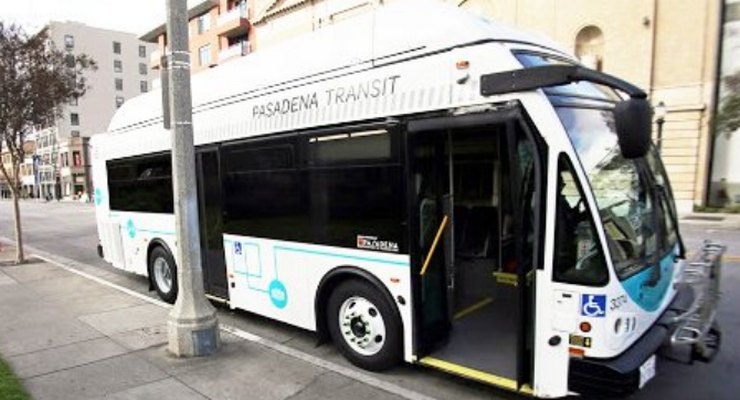
[Updated Tuesday, December 13, 2016 | 7:40 a.m.] Saying that her presentation was unrelated to recent public comments over the roles of City Councilmembers in writing and changing City policy, City Attorney Michele Bagneris reviewed the City’s structure as a “City Council/City Manager” government with the full Council on Monday evening.
The timing of the presentation could be considered significant as the City has faced dissent and a lawsuit resulting from the development of one recently-implemented, high-profile policy: the Pasadena’s Police Department’s policy on its new body-worn cameras.
The policy for the cameras’ use was developed after meetings with members of the public and finalized during “meet and confer” sessions between Police Chief Phillip Sanchez and negotiators from the Pasadena Police Officer’s Association.
At least two Councilmembers — Public Safety Committee Chair John Kennedy and Tyron Hampton — took issue with the way the policy was developed and implemented, and with specific aspects of the final policy.
Kennedy recommended asking Mayor Terry Tornek to place the matter of City policymaking on the official Council agenda. Tornek hesitated to do so, since the City was recently named a defendant in a lawsuit over the body camera policy recently filed by the Pasadena branch of the NAACP.
As Bagneris described in her presentation, the City is governed by a City Charter which was affirmed by a Charter Revision Task Force in 1998. The “City Council/City Manager” structure is designed to be distinct from other types of municipal governments, such as “strong mayor” or “strong council” cities, said Bagneris.
Pasadena’s Charter directs the City Council to appoint the City Manager, the City Attorney and Prosecutor, and the City Clerk. The Councilmembers are not empowered to personally direct any of the employees of these departments, she added.
In an organizational chart presented by Bagneris, “The citizens of Pasadena” sit at the top, with the next level represented by the Mayor and City Council, the Pasadena Community Access Corporation, and the Rose Bowl Operating Company.
Below this level comes the City Manager, the City Attorney and Prosecutor, and the City Clerk. The City’s thirteen departments, from Human Services to Water and Power, occupy the next levels. The City Manager is directly responsible for these departments.
Bagneris noted two sections of the charter which deal with the roles of the City Manager and City Councilmembers.
The first, Charter Section 411B, states that, “Except for purposes of inquiry, the Mayor, the City Council and its members shall deal with the administrative service under the City Manager solely through the City Manager, and neither the Mayor, the City Council nor its members shall attempt to influence or to direct any subordinates of the City Manager,”
The other, Section 604 (J), states, “It shall be competent for the City Council to instruct the City Manager in all matters of policy, and any action, determination or omission of the City Manager shall be subject to review by the City Council, but no such action, determination or omission shall be overruled or modified by a vote of less than five members thereof, nor shall any valid contract previously made by the City Manager be subject to review.”
Bagneris also noted that the Council “may ask questions of the staff and City Manager and help guide the Manager in policy matters, but (must) be careful not to usurp duties of the Manager.”
Following the meeting, Bagneris emphasized that City Council can, in fact, “write” policy by modifying or directing the City Manager to revise certain policies, but only with five votes of the Council, something that no Councilmember, including Kennedy or Hampton, has attempted to achieve.
“It just takes those five votes,” she said.
The City Council also welcomed Delano “Del” Yarborough as the newly elected president of the Pasadena Branch of the NAACP. Yarborough, who defeated incumbent President Gary Moody for the position in membership election last Tuesday, spoke out following Bagneris’ presentation, asking the Council to take a stronger role in formulating policy, such as the body camera protocol.
Yarbrough, a former Pasadena educator and administrator, told Pasadena Now before the meeting that he was unable to comment directly on the NAACP lawsuit against the City, as his election and installation had not yet been officially confirmed by the NAACP headquarters.
The Pasadena City Council will not meet again until January, 2017.













 0 comments
0 comments


